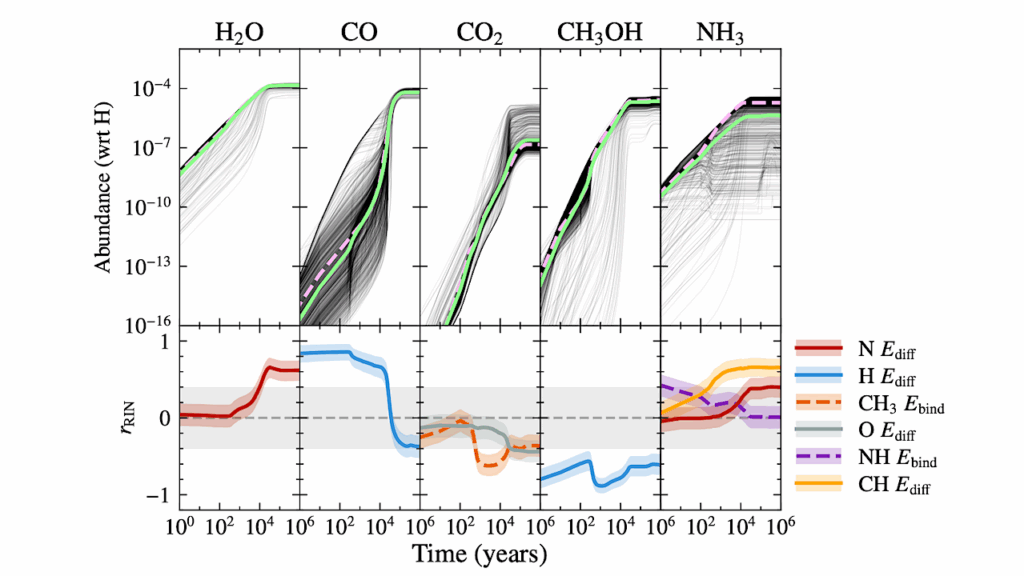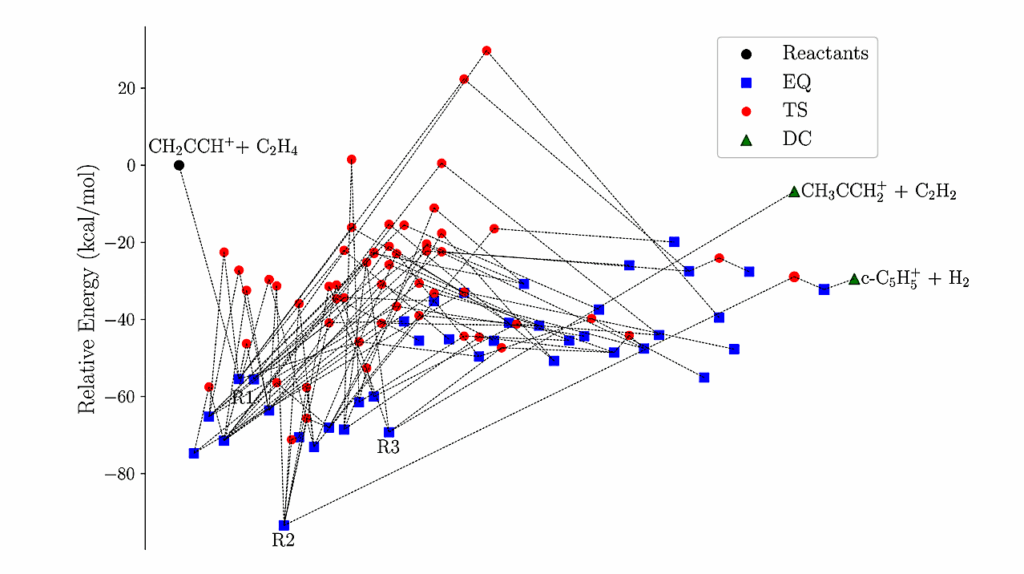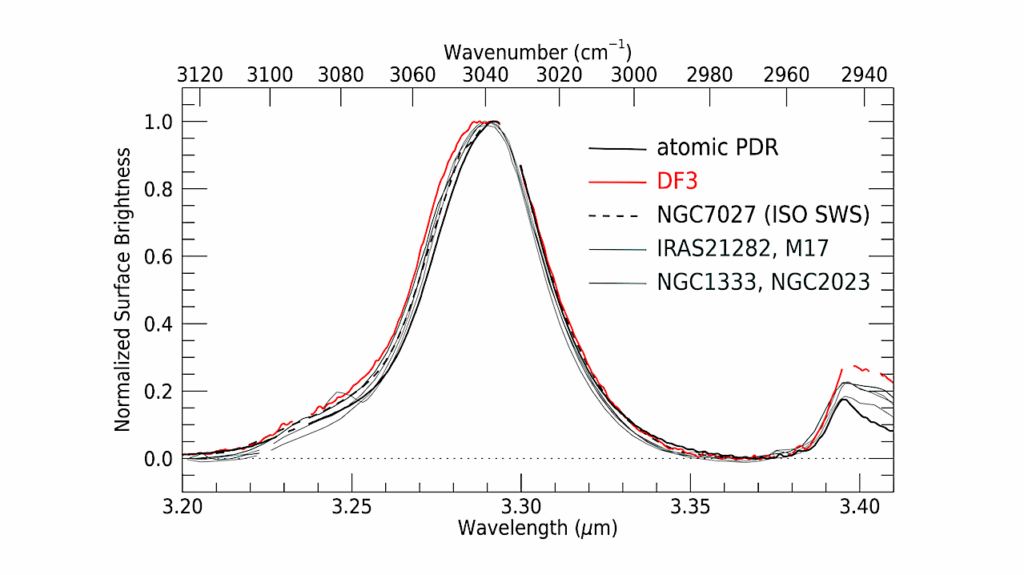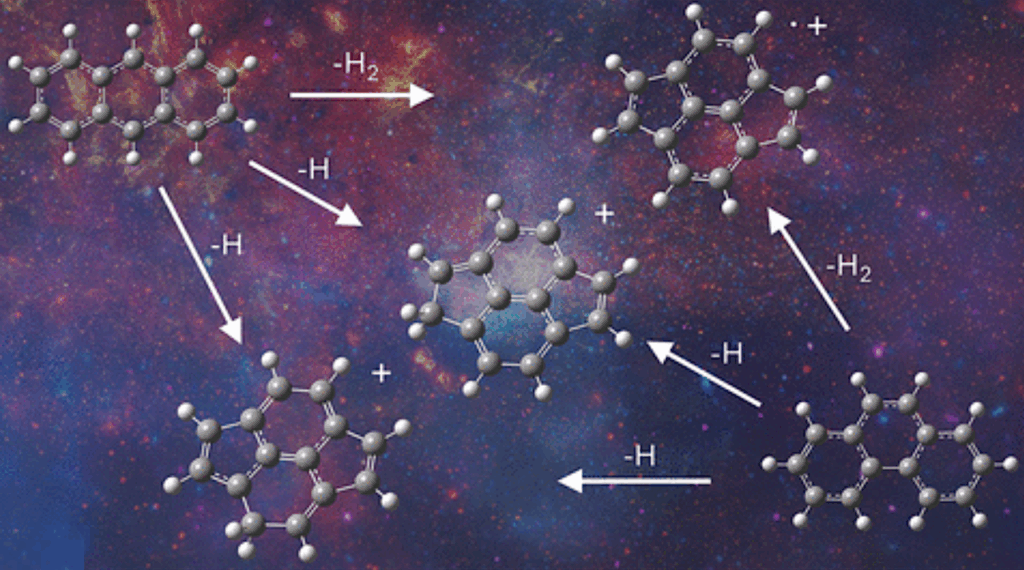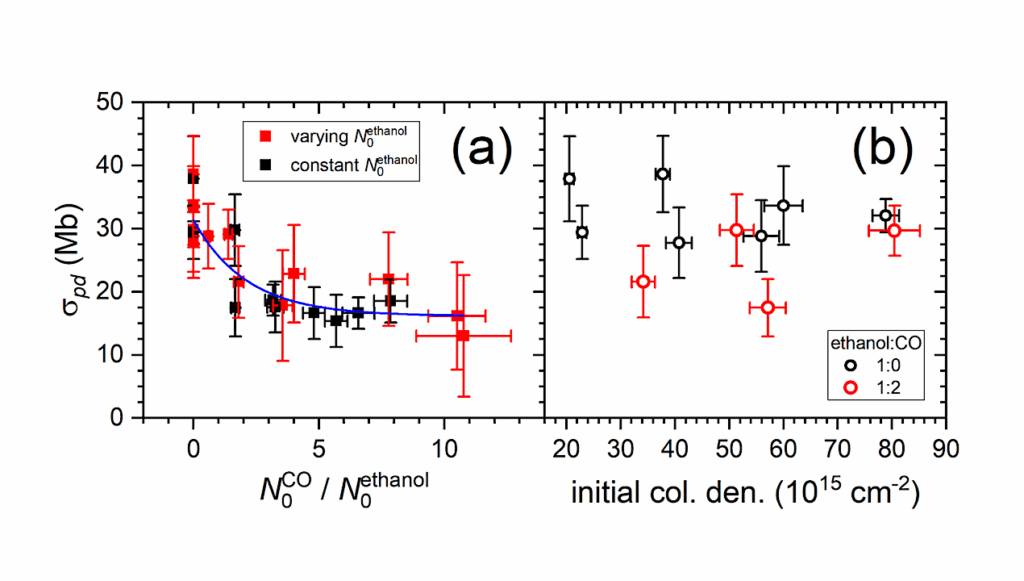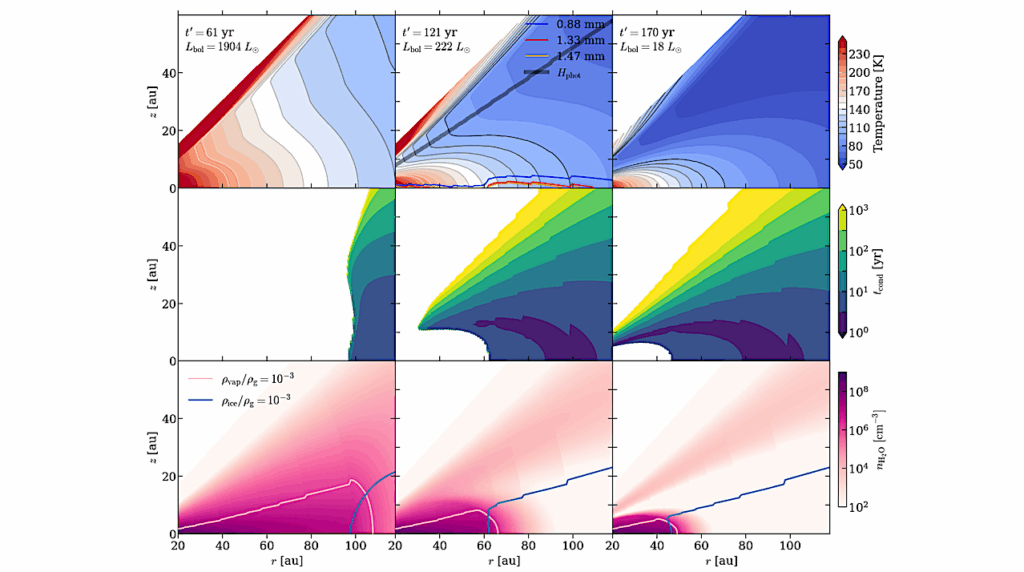A Temperature or FUV Tracer? The HNC/HCN Ratio in M83 on the GMC Scale
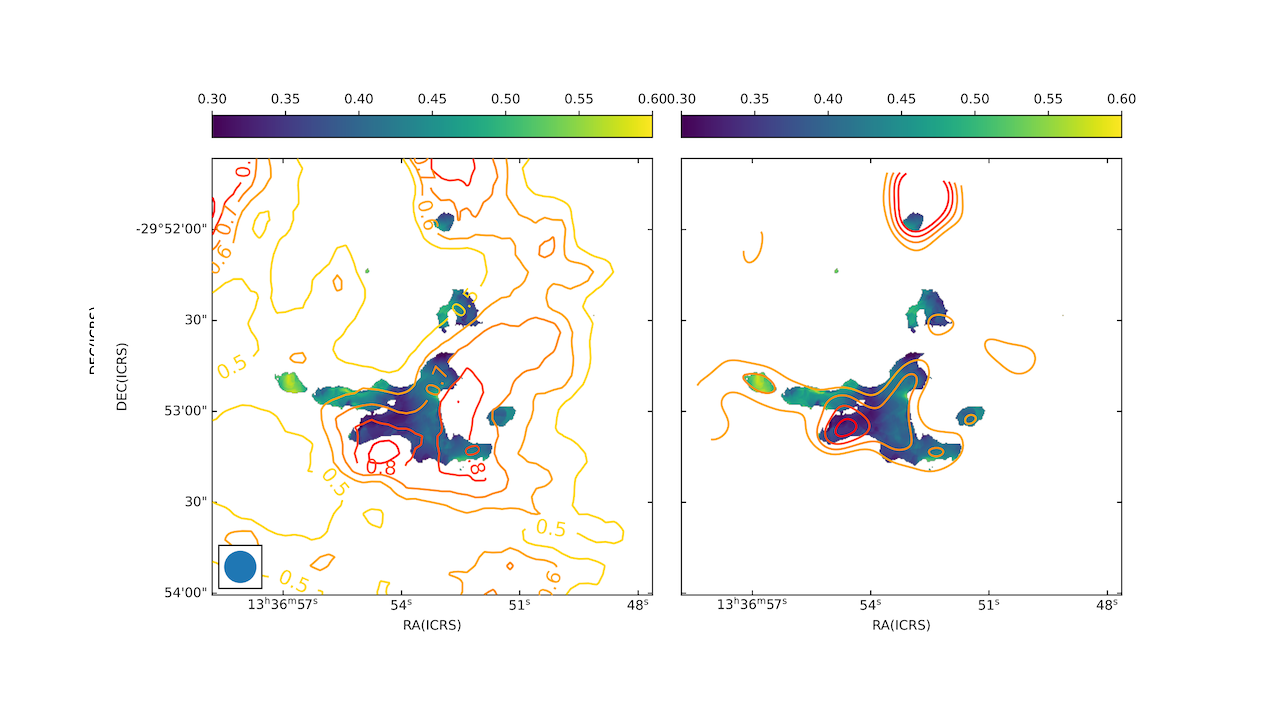
The HNC/HCN ratio is observationally known as a thermometer in Galactic interstellar molecular clouds. A recent study has alternatively suggested that the HNC/HCN ratio is affected by the ultraviolet (UV) field, not by the temperature.
We aim to study this ratio on the scale of giant molecular clouds in the barred spiral galaxy M83 towards the southwestern bar end and the central region from ALMA observations, and if possible, distinguish the above scenarios.
We compare the high (40-50 pc) resolution HNC/HCN ratios with the star formation rate from the 3-mm continuum intensity and the molecular mass inferred from the HCN intensities. Our results show that the HNC/HCN ratios do not vary with the star formation rates, star formation efficiencies, or column densities in the bar-end region.
In the central region, the HNC/HCN ratios become higher with higher star formation rates, which tend to cause higher temperatures. This result is not consistent with the previously proposed scenario in which the HNC/HCN ratio decreases with increasing temperature. Spectral shapes suggest that this trend may be due to optically thick HCN and optically thin HNC.
In addition, we compare the large-scale (∼200 pc) correlation between the dust temperature from the FIR ratio and the HNC/HCN ratio for the southwestern bar-end region. The HNC/HCN ratio is lower when the dust temperatures are higher. We suggest from the above results that the HNC/HCN ratio depends on the UV radiation field that affects the interstellar medium on the ∼100pc scale where the column densities are low.
Image
Moment 0 images of HCN (upper left), HCO+ (upper right), and HNC (middle left) and the 3mm-continuum image (middle right) at the southwestern bar end region of M83 and ratio maps of HCO+/HCN (lower left panel) and HNC/HCN (lower right panel). The beam size is shown as a blue circle at the lower right corner of each panel (1.9 ′′ × 1.9 ′′ = 42 pc × 42 pc). Intensity ratios are derived in the unit of K instead of Jy beam−1 . — astro-ph.GA
Nanase Harada, Toshiki Saito, Yuri Nishimura, Yoshimasa Watanabe, Kazushi Sakamoto
Comments: 17 pages, 9 figures. Accepted for publication in ApJ
Subjects: Astrophysics of Galaxies (astro-ph.GA)
Cite as: arXiv:2405.09029 [astro-ph.GA] (or arXiv:2405.09029v1 [astro-ph.GA] for this version)
Submission history
From: Nanase Harada
[v1] Wed, 15 May 2024 01:52:05 UTC (1,625 KB)
https://arxiv.org/abs/2405.09029
Astrobiology, Astrochemistry,


